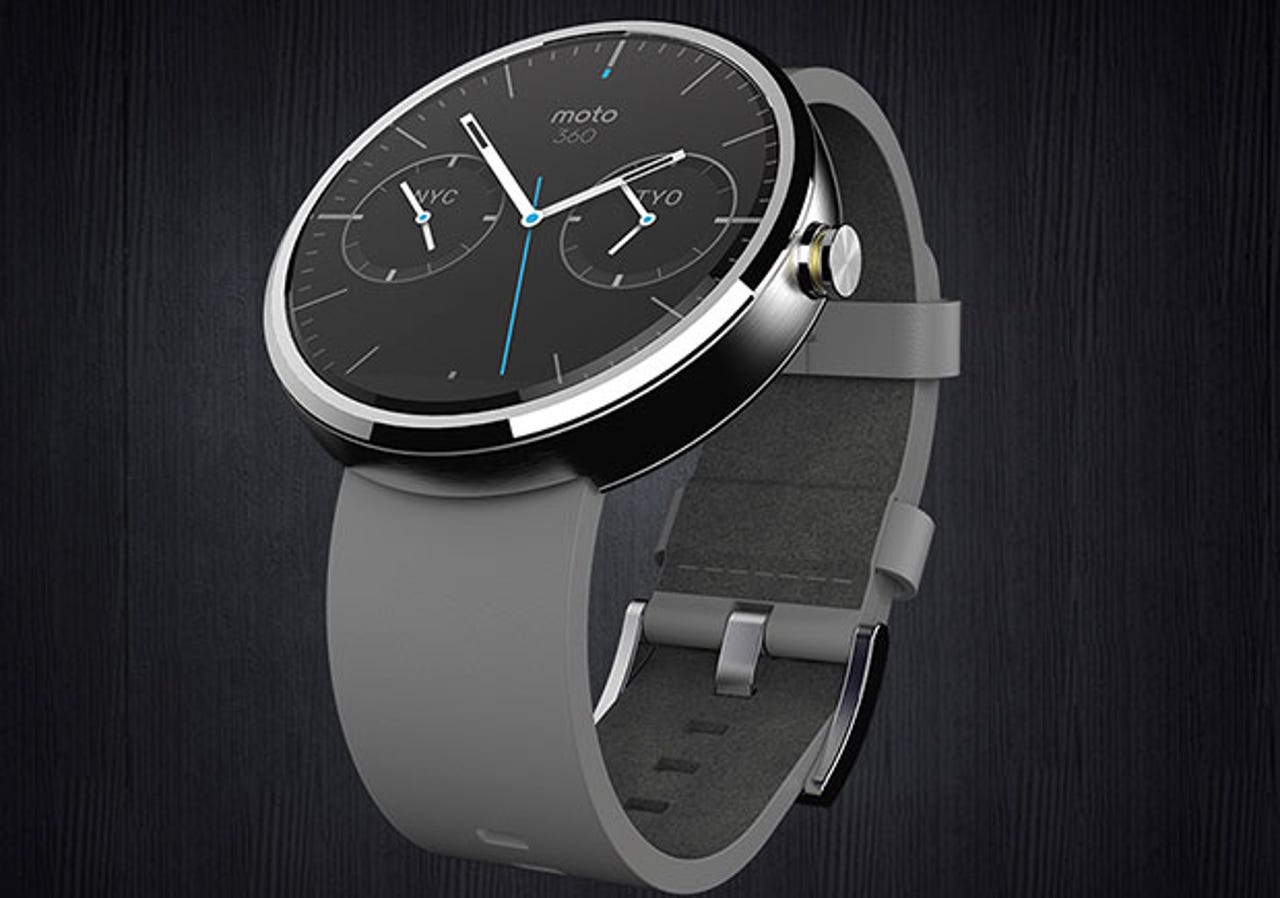Despite Android reach, Google has its work cut out for it in the wearables market


SAN FRANCISCO — Current Android owners are most likely very much aware of wearables, but only a small fraction of the billion active users and counting are actually regularly using them, based on a new survey from Nielsen.
According to the global measurement firm, approximately 2.5 million "average Android users" owned an Android-powered wearable Bluetooth device as of February 2014.
Furthermore, these users are said to only actually check and use their wearables approximately 14 times per month — a ridiculously low rate when you compare that to the reported average for smartphone users checking their devices 125 per day, according to Google leadership this week.
There are a few ways of looking at this. On the positive side, the user count figure is five times higher than what it was just a few months prior in September 2013.
More from Google I/O 201
But during Wednesday's keynote address, Android and Chrome chief Sundar Pichai boasted that the count for active monthly ("30-day") users stands at one billion worldwide and counting.
Basically, Google and friends have their work cut out for them in pushing wearables out the door and into the hands (and onto the wrists) of more consumers.
The Internet giant has since made a big to-do at I/O 2014 this week in presenting how it plans to use Android to connect all of the dots between devices from the home to the car to virtually everywhere we go.
That last item will be served by smartphones, tablets, and the buzzworthy gadget category du jour, wearable technology.
To beef up wearables (and get more onto the market through the established mobile OEM ecosystem), Google unveiled Android Wear, a Google Now cards-heavy interface populating these devices with bite-sized but vital pieces of data, such as flight times, shipment notifications, and directions.
Google is simultaneously leaning on and promoting a pair of smartwatches from LG and Samsung to help spearhead the market, which, despite a great deal of attention for months on end now, has yet to really take off beyond wearables focused on health and fitness.
"Computing should start to disappear," Raffle explained, "It should fade into the background of our lives. It should be ephemeral, not the foreground of our attention all the time."
Then there is an even more sophisticated project in the works that is garnering more desire, if not from being continually shrouded in secrecy than verifiable advanced functionality.
That would be the Moto 360, made by Motorola Mobility, the once-great and now-beleaguered mobile device maker that has been carved up into parts by Google amid its upcoming sale to Lenovo.
The futuristic smartwatch (curiously the only one with a round clock face) is being kept in the dark from the press and consumers, although developers and media who were present at I/O this week will finally get their grubby hands (or wrists?) on one later this summer.
For the general public, Motorola dropped another tidbit in its long-con game (much like what it did with the Moto X smartphone last summer) of luring consumers in with a new promo video on Thursday.
This time, the platform (Android Wear) and the features provided by this architecture hold the spotlight more than the design.
That in itself might be part of the problem as to why wearables are slow at the starting line. The leaps and bounds this technology has made can be fascinating to some (especially to tech insiders and developers), but timepieces are still very much sartorial accessories for many shoppers. Aesthetics are always going to be a make-or-break aspect in this market.
Designers at Google appear to at least recognize this conundrum.
Hayes Raffle, who leads the interaction research team behind Glass, said during a session about designing for wearables on Wednesday that one of the concepts that heavily influences his department is that the user experience can never compete "with the beautiful things around you," but rather just provide help and connectivity to others during the "moment you are in."
"Computing should start to disappear," Raffle explained, "It should fade into the background of our lives. It should be ephemeral, not the foreground of our attention all the time."
Despite suffering from backlash on a number of fronts (including the overtly geeky image), Google has been very proactive in reaching out to the top tiers of the fashion industry for help in both design and image while revving Glass up for a full scale consumer launch this year.
Most recently, Mountain View tapped New York-based designer Diane von Furstenberg to collaborate on a new line of "chic eyewear" to go with Glass.
If Google could apply that same ambition to other wearables far more primed and ready for the mass consumer market than a pair of $1,500 frames that still don't actually do much, then the wearables market might be propelled into the mainstream far more quickly than ever anticipated.